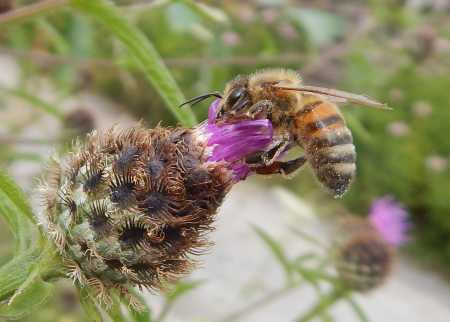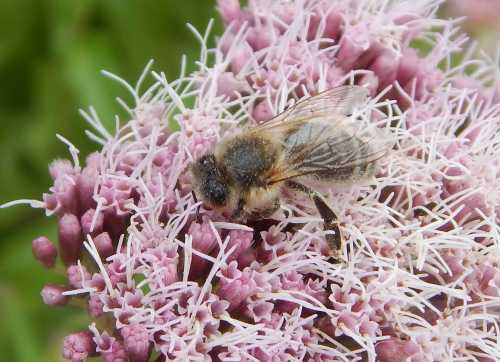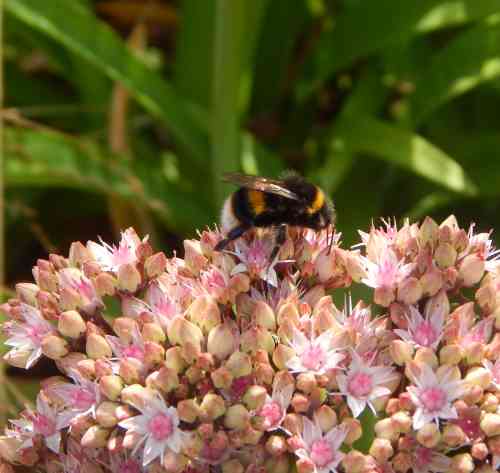Honey Bee Pollination: 3 Reasons Honey Bees Are Important Pollinators
Updated: 25th February 2021
Every year, thousands of honey bee colonies all over the world are transported from one region to another in order to pollinate crops.
This raises the question: Why are honey bees the most commonly chosen bee species to pollinate agricultural crops, and is there any sign of this changing?
Could we manage without honey bees?
Here we look at the importance of honey bee pollination, and why this species is so heavily relied upon by many farmers.
The importance of honey bee pollination
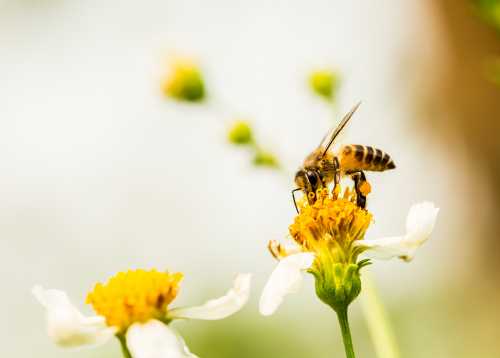
The reasons why honey bees are so vital in the pollination service they provide, are as follows:
- Colonies can forage in cool temperatures during times of the year when other bees are inactive.
- The long history of beekeeping has developed to the point that honey bee colonies are actively managed and transported by beekeepers. The pollination industry harnessing the abilities of honey bees is well established and familiar.
- There has long been a lack of understanding of the role of wild bee species in pollination. The active rearing of wild species for pollination is developing slowly. Not all wild species can be managed successfully, for example experiments with Large Carpenter Bees (Xylocopa) have had limited success.
These points are explored in greater detail below.
1. Honey bees can forage at low temperatures
The honey bee is relied upon during cooler times of the year for pollination of crops when wild bees have not yet emerged from hibernation. This is particularly true of almonds. Authors of 'Bees In Your Backyard' comment:
"One aspect of honey bee biology that makes them particularly valuable for agriculture is that they are active primarily on the basis of temperature rather than seasonality the way other bees are. Honey bees are most active between 60 °F and 105 °F, though they can forage at temperatures as low as 55 °F.
This characteristic makes them valuable pollinators of crops that bloom before many native bees are active. For example, almond trees in California will flower in February, earlier than most native bees typically emerge, but honey bees will effectively pollinate the almond trees as long as the temperature is warm enough.
The ability of honey bees to forage at such a large range of temperatures means that they are active somewhere in North America during every month of the year".
I have witnessed honey bees foraging in cooler temperatures than mentioned above.
2. A long established industry
The practice and history of beekeeping has meant that large numbers of honey bees are available to farmers, and can be transported from one field to another.
Even the timing can be controlled. It has led to the development of a whole industry based around honey bee pollination.
Some beekeepers specialise in this service.
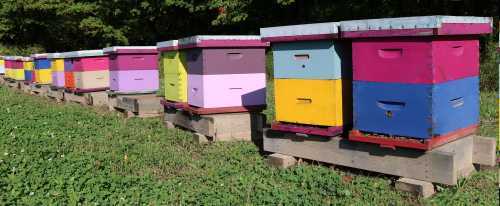
3. Historically, a Lack of Knowledge About Other Pollinators
Honey bees are one of the most intensely studied creatures on the planet. No doubt a large amount of resources have been spent on the investigation of the behaviours and ecology of this insect.
Other insects, however, have historically received far less attention in the academic institutions.
In reality, this means there is limited understanding about specific insects and their efficiency in pollinating different crops.
I was interested to read
the following quote in a book by Professor Dave Goulson “Bumblebees
Behaviour and Ecology”:
“….in Europe, a region better studied
than most, about 250 plant species are grown as crops. Of these, about
150 are thought to be insect pollinated, but for most we do not know
which insects pollinate them, or whether yields are being limited by
inadequate pollination “; From: Prof. Dave Goulson; citing Corbet et al 1991 & Williams 1995.
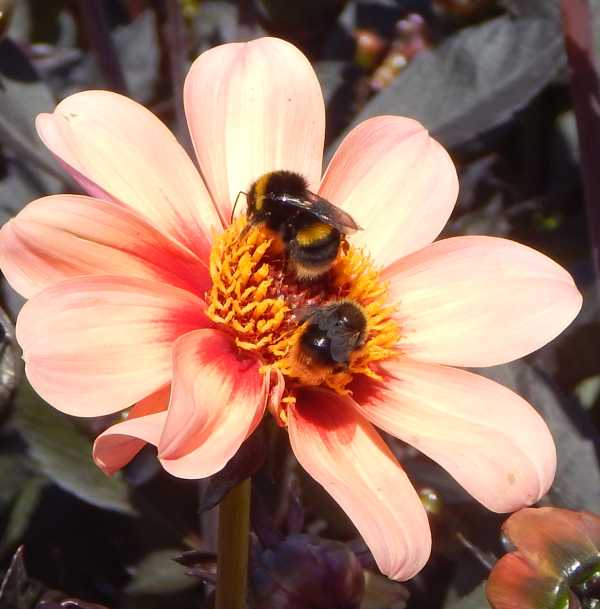
However, things are changing, partly perhaps, due to fear of relying too heavily on one species, coupled with motivation to increase crop yield by maximising pollination.
There is a growing movement to help farmers understand how they can encourage local native pollinators onto their land, by providing nest boxes for solitary bees.
Bumble bee colonies can also be purchased, but there is a threat of transmission of diseases to wild local native species following the transportation and use of a commercially reared bumble bees.
Are Honey Bees The Best Pollinators?
It depends on the crop or flower. Bees are adapted in different ways. Green sweat bees along with honey bees are useful pollinators of water melons.
Honey bees, for example are essential for pollinating almond crops.
However, various studies suggest leafcutter bee species are more efficient pollinators of blueberries, and bumble bees are better able to pollinate tomatoes thanks to buzz pollination.
Indeed, buzz pollination is recognized as an important mechanism of efficient pollination of a number of food crops.
Generally, different bee species are better adapted to pollinate some plants better than others. However, honey bees are extremely important. You can read more about the importance of wild bees and pollination on my page about wild bees.
Could we manage without honey bees for pollination?
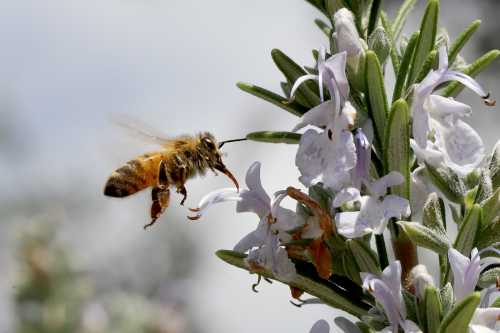
Pollination of certain crops such as almonds, would become very difficult.
The health and fitness of honey bees as a species is therefore crucial, not only for the sake of biodiversity in its own right, but they are important for growing food.
Also, see Do Honey Bees Matter?
How Do Honey Bees Pollinate?
Like other insects, honey bees pollinate plants as they forage on the flowers.
As they gather pollen and nectar to return to their hives, they transfer pollen from one flower to another.
This initiates the plant pollination process.
If you found this page helpful or interesting, I'd really be grateful if you would share it with others - if not this page, perhaps another, such as Gardening For Bees.
Thank you so much :) .
